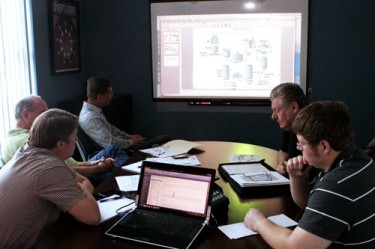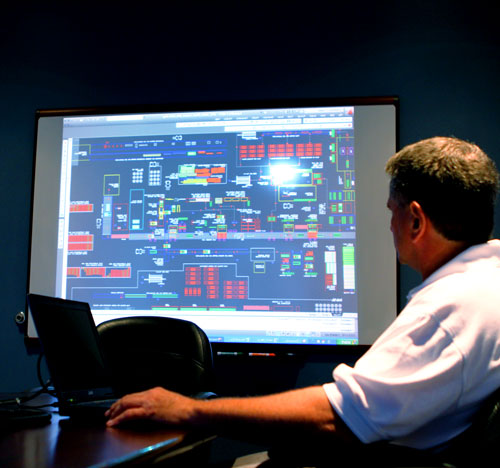If you had a batch-mixing system you needed built in the next year, what steps would you 
The only problem is, you’ve done it all out of order. It seems logical to start with the system requirements. How else does a system get designed? The problem with starting solely with the system requirements is that it leads down a path where all vendors seem equal, except on price. If every single one of your bidders can deliver the system to your specifications, why should anything but price be a concern?
The reality is that all vendors are not equal. Any system design should start with vendor selection. You should start with two specification sheets; one that outlines what you need for your system, and one that outlines what you need out the relationship with your design/build firm. If you care about the longevity of your system, long term-costs, improved system design, and project schedule, you have to start by finding a firm that acts as a vested partner, not just the lowest bidder.
Then system requirements should be examined and further developed with your partner firm. At EPIC, we refer to this stage of the process as Front-End Engineering. We believe this is the most important part of any project, and should never be cut short just to move the project forward. If done correctly, Front-End engineering will actually keep your project on schedule and on budget. This is because a reasonable project schedule and budget can be thoroughly developed. Too often rushed planning at the beginning of a project leads to un-realistic project schedules and budgets, leading to delays and un-expected costs later. With Front-End Engineering, a schedule and budget are developed as every aspect of the system is designed and debated.
Front-End Engineering is a separate process that comes before execution of your project. This provides flexibility to you as the client. For example, say your company wants a batch mixing system that mixes a certain amount of product per day. During Front-End Engineering it is discovered that the amount will cost an extra $300,000 to achieve, but at a slightly lower rate, the extra $300,000 worth of equipment is not needed. You can decide whether the amount mixed or the extra cost is more important.

A final contract is not signed and a final project execution price is not agreed upon until Front-End Engineering is complete. At the completion of Front-End Engineering the cost agreed upon is the final cost, even if the project goes over later. A design/build firm should be willing to risk absorbing any unplanned cost because their Front-End Engineering process should dramatically reduce the risk of any problems during project execution, and because they value your relationship over the bottom line of a single project.
Think about it this way – if it costs several weeks of an engineer’s time to thoroughly spec out your project, do you think that all firms bidding on your project have really taken the time to do that? Maybe they have, but in a bidding situation the game is to bid low up front and worry about the rest later. EPIC charges a nominal fee for Front-End Engineering to keep the process fair for everyone. You will get a more honest and complete assessment of your system and our engineers time is not wasted bidding out a project for free. Options are thoroughly and honestly explored. Systems are designed to meet your specifications but benefit from our many years of design and fabrication experience. Changing needs, alterations or special configurations are anticipated. A fixed-bid price and detailed project execution strategy are agreed upon ahead of time.
So what is the correct sequence of events for getting your batch mixing system?
Step 1: Find a vendor that believes in the same things you do.
Step 2: Check their references – never just take someone’s word for it.
Step 3: Work with your vendor to develop system requirements, a detailed execution strategy, an accurate budget and a realistic time-frame. In other words, do your Front-End Engineering.
Step 4: Remain in communication with your design/build firm as they execute the project, but rest assured that your project outcome will be much better than if you had followed another method.
————————————
For more information on the benefits of Front-End Engineering, check out this video:
EPIC Systems, Inc. is an engineering and fabrication firm that specializes in modular process systems, machine vision systems and line integration. To learn more about EPIC,visit our website or contact an engineer today.